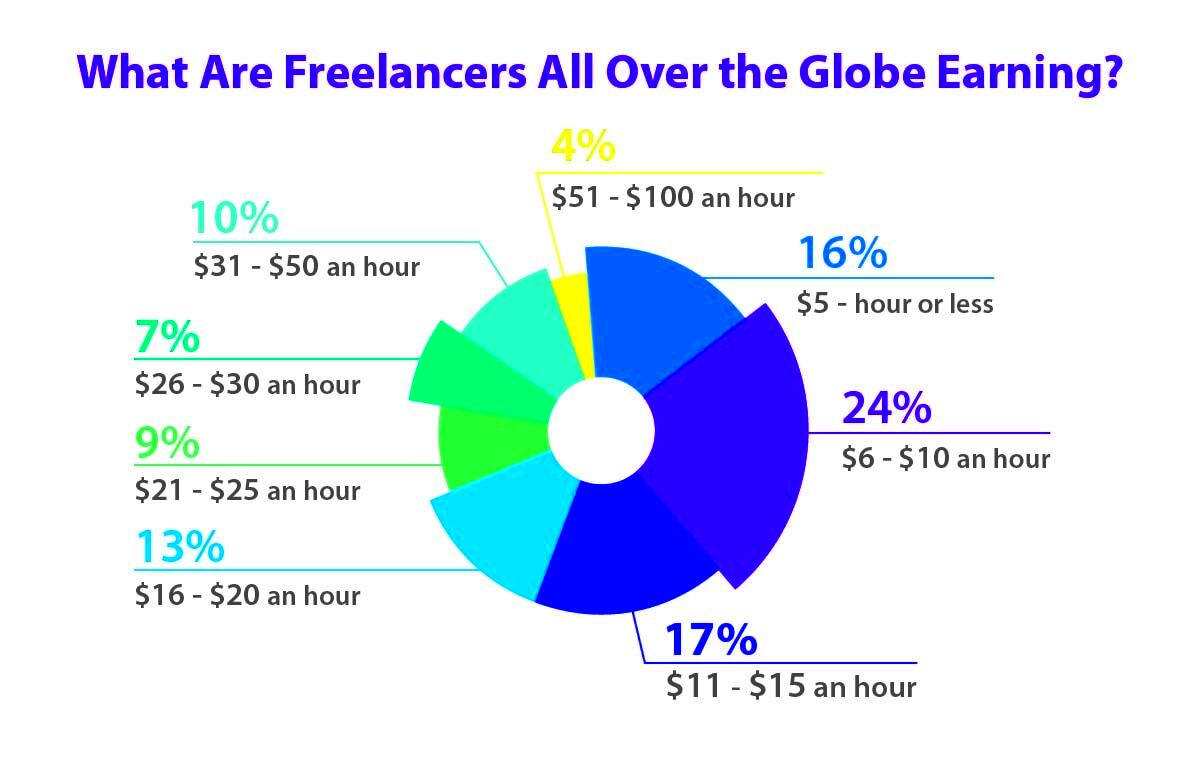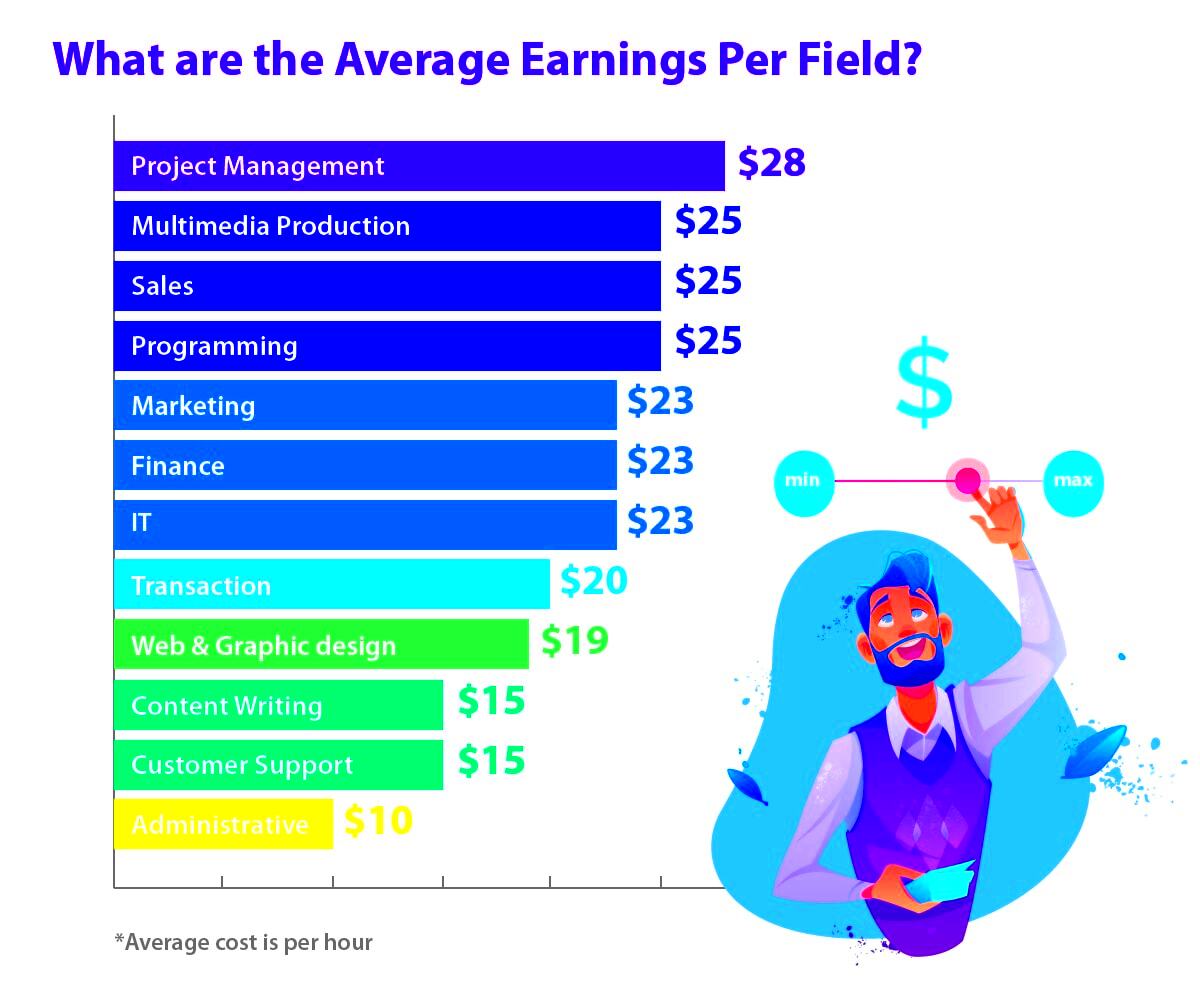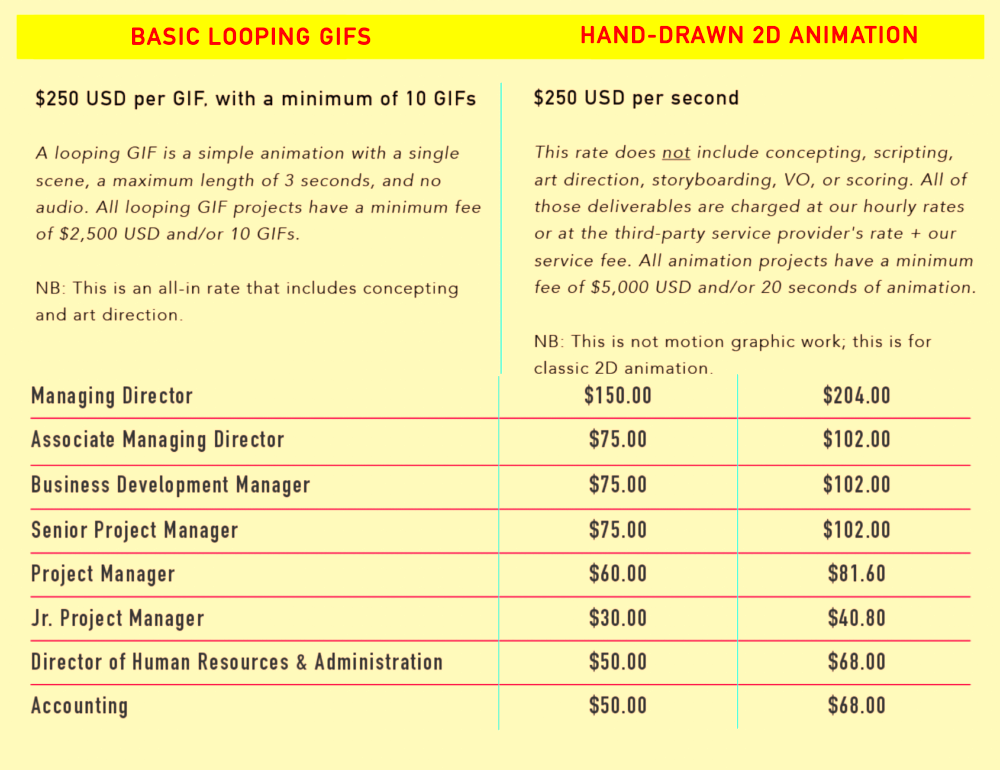Freelance marketing has become a popular career choice for many. However, understanding how charges and earnings work can be a bit tricky, especially if you're new to the field. In this article, we'll explore how freelance marketers set their charges, what affects their earnings, and what you need to know to make your freelance career a success.
Factors Affecting Freelance Marketing Charges

Several factors influence the charges set by freelance marketers. These can vary based on experience, expertise, project scope, and client expectations. Let’s break down the most common factors:
- Experience: More experienced marketers can usually charge higher rates because they bring valuable skills and a proven track record.
- Type of Service: Services like SEO, social media management, and content creation all have different price points based on their complexity and demand.
- Project Scope: A simple social media post may cost less than managing a full social media strategy. Larger projects require more time and effort, which affects pricing.
- Market Demand: If a particular marketing service is in high demand, freelancers can charge more. Similarly, a niche service with less competition may also allow for higher charges.
- Client Budget: Some clients may have limited budgets, while others are willing to pay top dollar for quality services. Freelancers often adjust their charges based on the client’s financial situation.
Also Read This: Mastering Your Fiverr Gig Description: Tips for Success
How Freelance Marketers Set Their Rates

Setting rates as a freelance marketer can feel overwhelming, especially when you're starting. The key is to balance your skill level, market conditions, and the value you bring to your clients. Here are some ways freelance marketers typically set their rates:
- Hourly Rates: Many freelancers charge by the hour, especially for tasks that require a set amount of time. This is ideal for shorter or less defined projects.
- Project-Based Rates: For larger, well-defined projects, freelancers may charge a flat fee based on the project scope. This method helps clients know exactly what to expect.
- Retainer Agreements: Some freelance marketers offer ongoing services for a monthly retainer. This can provide stable income while building long-term client relationships.
- Value-Based Pricing: For highly specialized services, freelancers may charge based on the value they deliver. For example, if a marketing campaign drives significant revenue, the freelancer could charge a percentage of the profits.
To set rates that attract clients while ensuring fair compensation, it's important to do market research and understand your worth. Over time, as you gain more experience and expertise, you can gradually increase your rates.
Also Read This: How to Bid on a Project in Fiverr
Understanding Payment Models for Freelancers

Freelance marketers can work with various payment models, depending on the client, the project, and the type of service offered. Knowing the differences between payment structures can help you choose the best option for your business. Let’s take a closer look at the common payment models used by freelancers:
- Hourly Rates: This is one of the simplest payment models, where freelancers charge clients based on the time spent on a task. Hourly rates work well for short-term projects or tasks that don’t have a fixed end point.
- Fixed-Price (Project-Based) Rates: In this model, freelancers charge a set fee for an entire project. It’s useful for clients who want clarity on pricing and for freelancers who prefer to know exactly how much they’ll earn upfront.
- Retainers: A retainer is a pre-agreed monthly payment for ongoing work. Clients usually pay a fixed amount each month in exchange for continuous services. This model provides freelancers with a stable income stream.
- Commission-Based Payments: For some projects, freelancers may be paid based on results, such as a percentage of sales or leads generated through their marketing efforts. This model aligns the freelancer’s earnings with the success of the campaign.
- Milestone Payments: For larger projects, freelancers may break the project into phases and receive payments after completing each milestone. This helps ensure steady cash flow while working on more complex tasks.
Choosing the right payment model depends on your business structure, the client’s needs, and the type of work you do. It’s important to be clear on how you’ll be paid before starting any project to avoid misunderstandings later.
Also Read This: Do You Need an SSN for Fiverr?
Typical Earnings for Freelance Marketers
Freelance marketers can earn a wide range of incomes depending on their experience, niche, and client base. While it can be difficult to predict exact earnings, understanding industry standards can help you set realistic goals for your freelance career. Here’s a breakdown of what freelance marketers typically earn:
| Experience Level | Hourly Rate Range | Annual Earnings (Full-Time) |
|---|---|---|
| Beginner (0-2 years) | $20 - $50 per hour | $20,000 - $50,000 |
| Intermediate (2-5 years) | $50 - $100 per hour | $50,000 - $100,000 |
| Expert (5+ years) | $100 - $200+ per hour | $100,000 - $200,000+ |
These are general ranges, and some marketers in high-demand niches or with highly specialized skills can earn even more. It’s important to remember that as a freelancer, your income will vary month to month based on the number of clients, the types of projects you take on, and how well you market yourself.
Also Read This: Why Did Craigslist Ban Fiverr Links?
How to Increase Your Earnings as a Freelance Marketer
Increasing your earnings as a freelance marketer is not only about setting higher rates. It’s about improving your skills, expanding your client base, and offering value that justifies a premium price. Here are some strategies you can use to boost your freelance marketing income:
- Specialize in a Niche: The more specialized your skills, the more you can charge. Focus on areas like SEO, paid ads, or social media for a particular industry (e.g., healthcare or real estate). Specialized knowledge often commands higher rates.
- Build a Strong Portfolio: Clients are more likely to pay higher rates if they see the results you’ve delivered for others. Showcase successful case studies, client testimonials, and your best work to prove your value.
- Offer Additional Services: Instead of just offering a single service like content writing or social media management, expand your offerings. For example, you can bundle services like SEO and content marketing or combine marketing with website design.
- Increase Your Efficiency: The faster and more efficiently you can deliver results, the more projects you can take on. Automating tasks, using productivity tools, and streamlining your processes can help increase your earning potential.
- Networking and Referrals: Word of mouth is a powerful tool. Building strong relationships with your clients and asking for referrals can help you gain new, high-paying clients.
- Raise Your Rates Gradually: As you gain experience and achieve successful outcomes for your clients, don’t be afraid to raise your rates. Clients will understand that quality work comes at a price.
Remember, increasing your earnings as a freelance marketer is a process that requires time, effort, and a strategy. By positioning yourself as an expert and continually improving your skills, you can create a steady stream of higher-paying opportunities.
Also Read This: Top 10 CRM Specialists on Fiverr in 2024
Challenges Freelance Marketers Face with Pricing
Pricing can be one of the most challenging aspects of being a freelance marketer. Many marketers struggle to set rates that reflect their skills, while also attracting clients. Additionally, the fluctuating nature of freelance work means that prices can sometimes feel uncertain. Let’s explore some common challenges that freelance marketers face with pricing:
- Underpricing: Many new freelancers start by charging too little, often because they lack confidence in their abilities or feel they need to compete on price. This can lead to burnout and dissatisfaction.
- Overpricing: On the flip side, some freelancers price their services too high, especially if they are unaware of industry standards or market demand. This can result in fewer clients and missed opportunities.
- Client Expectations: Freelance marketers often face clients who have unrealistic expectations about what can be accomplished within a certain budget. It's crucial to communicate clearly about what your pricing includes to avoid misunderstandings.
- Inconsistent Workload: Freelancers don’t have a steady income like salaried employees. One month, you might have multiple high-paying projects, and the next, very few clients. This makes it difficult to set stable pricing.
- Changing Rates: As freelancers gain experience and become more skilled, they may need to adjust their rates. However, clients might push back against price increases, especially if they have an established relationship with the freelancer.
To manage these challenges, freelancers need to be proactive. Researching the market, setting clear boundaries, and adjusting rates based on experience and demand can help avoid pricing issues in the long term.
Also Read This: What Jobs Are Available on Fiverr?
Frequently Asked Questions
As a freelance marketer, you might have several questions about how to manage your charges and earnings. Let’s address some of the most common ones:
- What is the average hourly rate for freelance marketers?
Hourly rates can vary depending on your experience, location, and the services you provide. Beginners may charge $20-$50 per hour, while experienced marketers may charge $100-$200 or more. - How can I set a competitive rate without undervaluing myself?
Research the market to see what others are charging for similar services. Don’t be afraid to adjust your rates as you gain experience, and always communicate the value you offer to your clients. - How can I get more clients as a freelance marketer?
Networking, showcasing your portfolio, and offering value-added services can help attract more clients. Referrals from happy customers are often one of the best ways to get new business. - Should I raise my rates over time?
Yes, as you gain more experience and deliver results, it’s important to raise your rates gradually. Clients understand that rates increase as a marketer's skills and results improve. - What payment model is best for freelancers?
It depends on the type of work you do and the client’s needs. Hourly rates are ideal for short-term tasks, while project-based rates or retainers can be better for long-term relationships or larger projects.
Conclusion: Managing Charges and Earnings Effectively
Managing your charges and earnings as a freelance marketer requires careful planning and ongoing adjustments. By understanding the factors that influence your pricing, selecting the right payment models, and tackling challenges head-on, you can ensure a more profitable and sustainable career. Remember, pricing is a balance between the value you deliver and the market conditions.
As you gain more experience and build a strong client base, you’ll have the opportunity to increase your rates and expand your services. Be sure to continue learning, improving your skills, and positioning yourself as an expert to remain competitive in the ever-evolving freelance marketing landscape. With the right approach, managing your charges and earnings can become a straightforward process that supports both your personal growth and financial success.




